Accessories
Beginner’s Guide To Snowshoeing
Published
4 years agoon
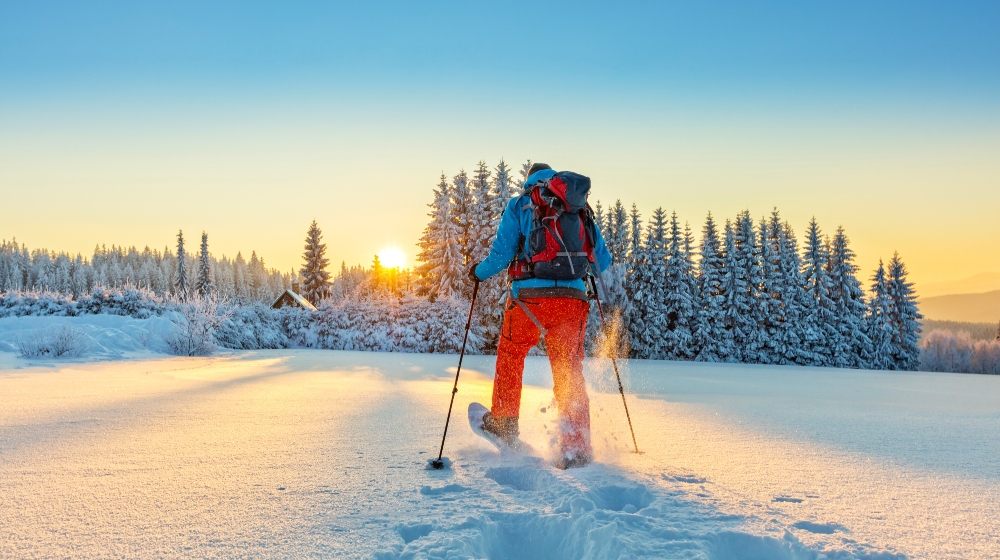
Stay healthy and active during winter by doing activities such as snowshoeing. Pursue adventures, explore snowy terrains, and get an authentic experience through this sport. Here are the things you need to know for a safe, comfortable, and fulfilling snowshoeing.
In this article:
- What Does Snowshoeing Mean?
- What Should I Bring to Snowshoeing?
- What Are the Benefits of Snowshoeing?
- How Fast Can You Walk in Snowshoes?
- Is Snowshoeing Harder Than Cross Country Skiing?
RELATED: Shopping For Women’s Trekking Shoes? Here’s A Short Guide
Everything You Need to Know About Snowshoeing
What Does Snowshoeing Mean?
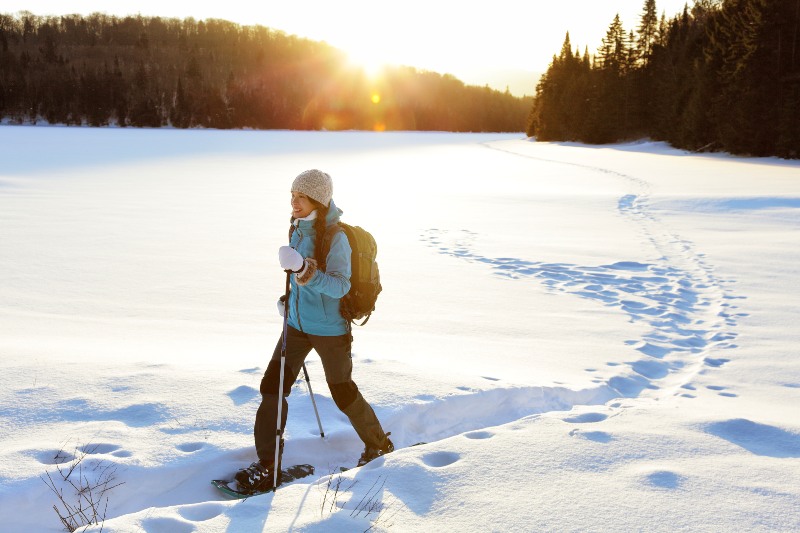
Snowshoeing is a kind of hiking that includes walking on snow with the help of footwear. This is the first snow sport as it originated around 4,000 to 6,000 years ago.
Back then, this activity was a necessity rather than a recreation. It used to be a mode of transportation during winter. People use it to roam around snowy landscapes and to move from one point to another.
Since then, it has developed into a popular leisure activity. Nowadays, they’re considered as pastime or hobby. Those who explore snowy regions consider snowshoeing as their hobby.
This venture is also expanding fast. People use it in mountain survival and to cross isolated lands of the great outdoors. They also combine it with activities like snowboarding, mountaineering, skiing, and trail running.
What Should I Bring to Snowshoeing?
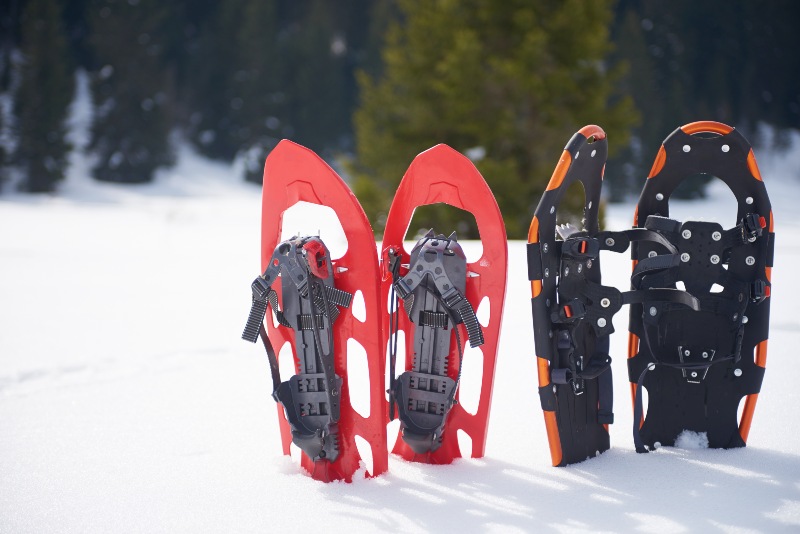
Consider several factors to help you decide on the things you have to bring to snowshoeing. Think about the distance that you’ll travel, accessibility, and weather predictions. Remember that the longer your trip is, the more snowshoeing gear you have to bring.
Before heading out, check the following snowshoeing equipment and accessories:
- Footwear: Snowshoes are the main gear for your journey. Choose the perfect size for your weight, and consider the topography and circumstances. Wear waterproof, insulated, and sturdy wool socks and hiking boots.
- Mittens or gloves: You can use mittens as they provide more warmth than gloves. However, if you need to use your fingers, wear waterproof and fleece ski gloves. In lighter conditions, glove liners would suffice.
- Goggles or sunglasses: Protect your eyes from UV rays during sunny days. These can get intense when they reflect off of snow which can cause snow blindness.
- Hat: Cover your head to avoid loss of heat and to protect you from sunburn. Select a synthetic or wool balaclava, wide-brimmed hat, headband, or ball cap.
- Trekking poles: Carry poles that are adjustable. It’s also recommended that you bring those with snow baskets.
- Food and water: These essentials help you keep warm during winter. Bring handy snacks such as energy bars and nuts. Be cautious of food items that may freeze as they can be tough to eat once they turn rock-hard.
- Clothing: Wear non-cotton layers to protect you from hypothermia. Avoid wearing bulky items so you can alter your clothing based on the temperature.
- Tent: Depending on the duration of your trip, you might have to carry a tent.
What Are the Benefits of Snowshoeing?
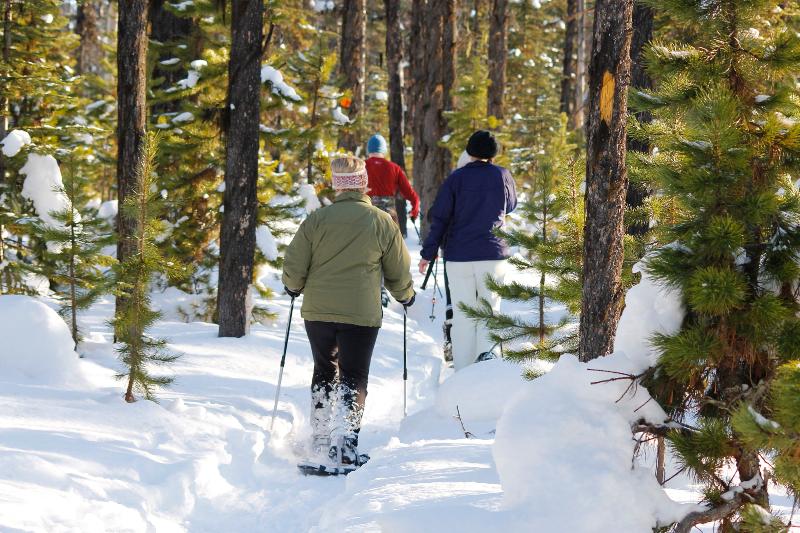
Snowshoeing is an inexpensive, low-impact, and fun workout for the whole family. It might not be as thrilling as skiing and snowboarding. However, this winter sport offers health benefits for you to stay fit and in shape during the cold season.
Some of the benefits include endurance and muscle building as well as agility and balance strengthening. Additionally, you can burn more calories compared to walking. In fact, you can burn up to 1,000 calories when snowshoeing in an hour.
It’s also an effective way to work out your calf muscles, quads, and hamstrings. Bring poles into the scene, and you’ll also work your shoulders, arms, and back. It won’t be a problem if you have problems with your knees as snow serves as a cushion.
As you trek on snowy terrains, you also get to enjoy the outdoor smell. The freshness of the air has positive side effects on your body. These involve an increase in your capability to relax and a decrease in your stress levels.
Overall, connecting with the natural surroundings enhances your wellbeing. You’ll feel better and stay energized when exposed to nature.
RELATED: Best Hiking Shoes For Women
How Fast Can You Walk in Snowshoes?
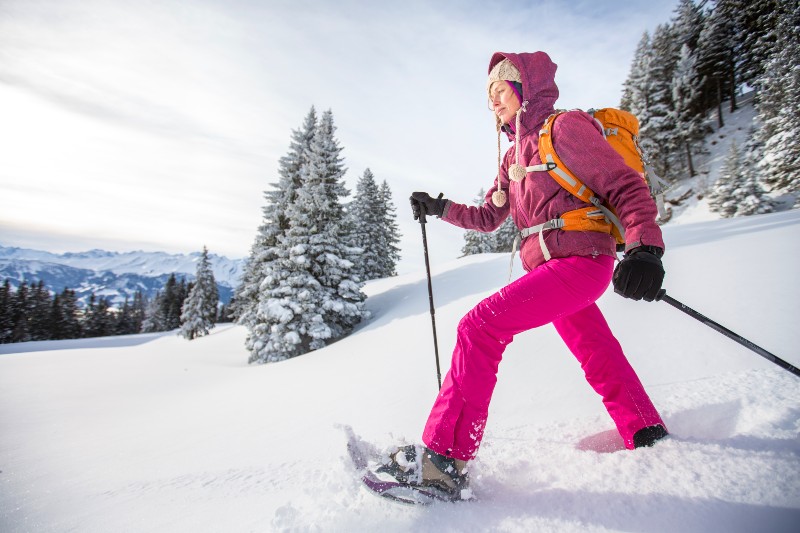
The speed when you snowshoe depends on several elements. These include the weather, snow conditions, and fitness and effort levels.
Think about your route and if the situations in these places are consistently changing. Sometimes, you’ll be able to trail for four miles per hour if you’re walking fast. If you’re running, you’ll be able to wander for eight miles per hour.
Keep in mind that snow conditions can change drastically in a day. It might take you an hour to travel to a particular spot. However, your return trip might take you either twice or half as long.
Is Snowshoeing Harder Than Cross Country Skiing?
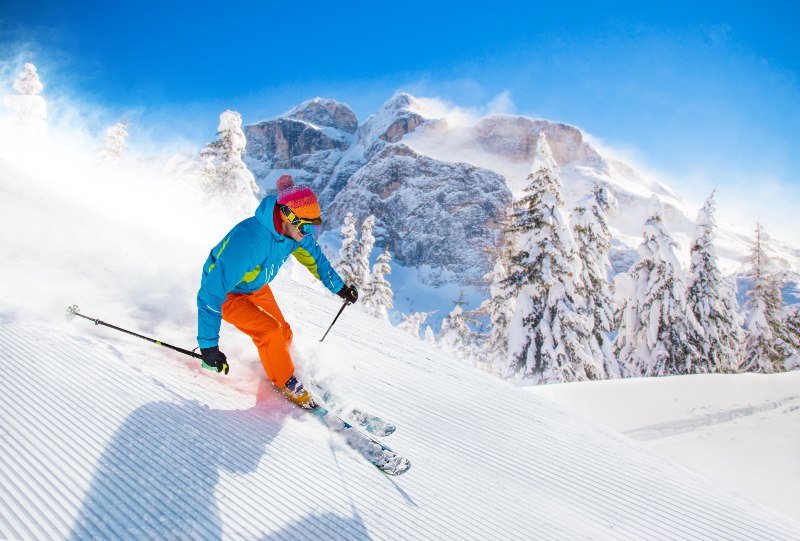
Snowshoeing and cross country skiing are a type of hiking. Snowshoeing is classic hiking that uses footwear strapped to your feet. Cross country skiing has a similar concept but includes skis.
Snowshoeing is relatively easier for novices to learn compared to cross-country skiing. Whether you’re an enthusiast, beginner, athlete, or professional, anyone can do this recreation. You don’t need any experience before you can learn how to hike through snowy terrains.
TIME SENSITIVE INFORMATION: EX-CIA Agent Takes You Through The Intensive Sharp Shooter Training He Learned In The CIA Academy. In Just 30 Days Learn To Be A Sharp Shooter Like Every Agent Leaving The Academy.
Additionally, snowshoeing gear is more affordable and needs less equipment. However, this option is slower, which might bore you, but you can use the time to enjoy the scenery.
It’s also a safe activity. You might encounter hidden obstacles like roots, ice, and rocks. However, it’s unlikely that you’ll come across serious dangers or threats.
If you’ll do snowshoeing in a remote and undeveloped environment, prepare to navigate and bring a companion with you. Keep in mind that avalanches may occur, and slopes can be risky.
Alternatively, if you’re looking for a more athletic, more rigorous, and faster activity, then go for cross country skiing. However, it requires more gear which makes it more expensive. It also requires more skill to master it.
Watch this video by REI to know more about snowshoes and what you need to consider when selecting a pair:
Snowshoeing provides benefits that lead to a fitter and happier winter experience. Maximize your next trip, appreciate snowy trails, and enjoy the cold weather.
Aside from snowshoeing, do you have other winter activities in mind that you’d like to try? Share your thoughts with us in the comments section below!
Up Next:
- Travel Light With These 10 Lightweight Hiking Shoes
- Most Thrilling Canada Snowboarding Destinations
- What Is Rockhounding And Where Are The Best Spots In The US To Do It
Don’t forget to stay connected with us on Facebook, Twitter, Pinterest and Instagram!
You may like

How To Build A Debris Hut

Ironman Triathlon Podcast: What You Need To Know As An Aspiring Ironman

Awesome Family Camping Tips For Beginners

Hiking Safety Tips: What To Do When You Have Knee Pain On Trail? [PODCAST]

How To Craft Sharp Stone Tools To Survive The Great Outdoors

Mountain Bikers, Why You Don’t Want to Ride Like a Pro!

Hiking Boot Accessories
The Handgun Safety Test For Beginners
These Hunting Shotguns Are The Best Bang For Your Buck
11 Types of Guns That Will Keep You Alive On Doomsday
Best ATV Tires – The Top 6 Lightest Mud Tires

The Top 5 Hunting Guns You’ll Ever Need For A Wilderness Walk-out
Arizona Hunting Laws and Regulations

Hunting And Conservation Discussion | Call Of The Outdoors Podcast [LISTEN]
The Handgun Safety Test For Beginners
These Hunting Shotguns Are The Best Bang For Your Buck
11 Types of Guns That Will Keep You Alive On Doomsday
Best ATV Tires – The Top 6 Lightest Mud Tires

The Top 5 Hunting Guns You’ll Ever Need For A Wilderness Walk-out
Arizona Hunting Laws and Regulations






